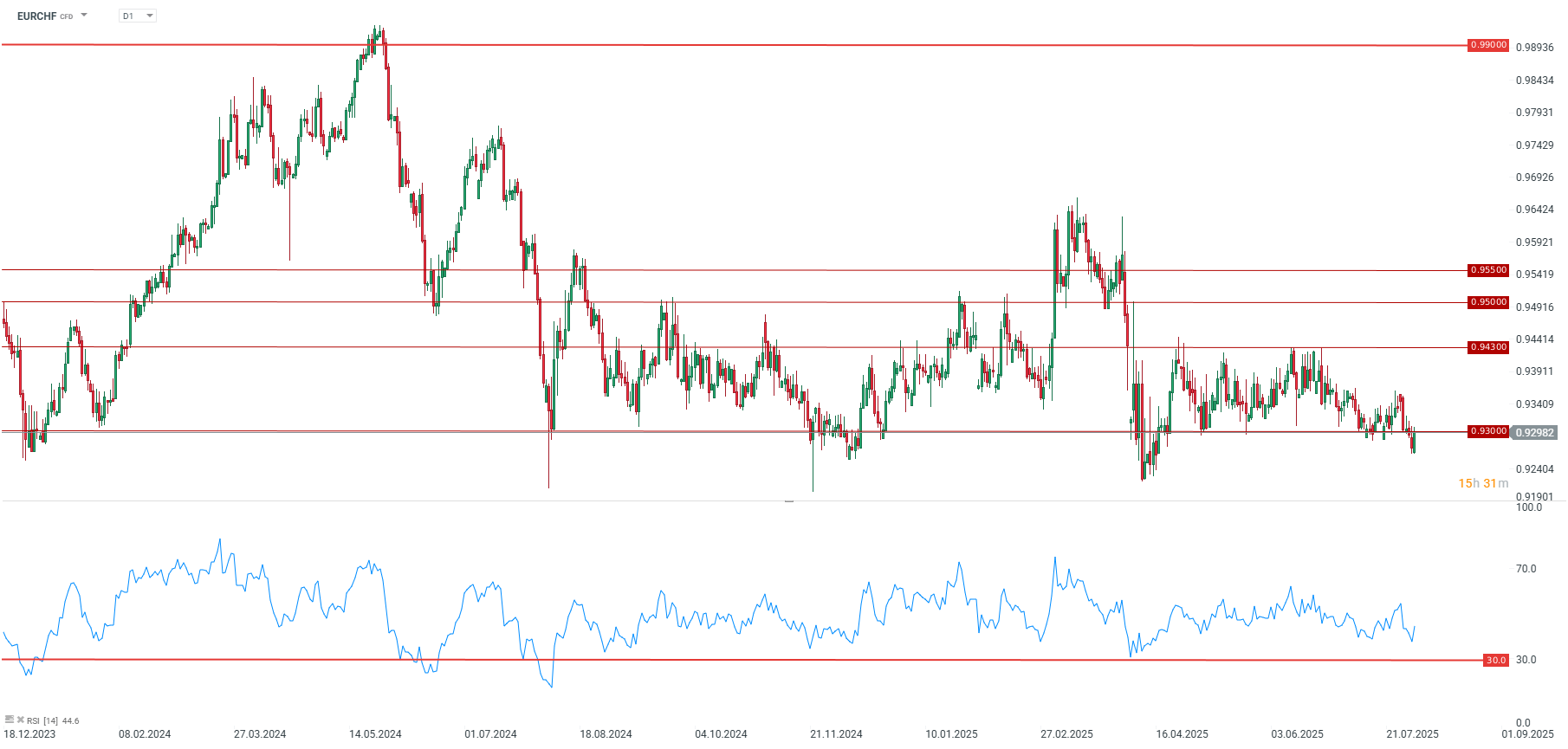One of the Highest US Tariffs Targets Switzerland
President Donald Trump has imposed a 39% tariff on goods imported from Switzerland, making it one of the highest US tariff rates. This is a higher rate than the initially announced 31% and significantly surpasses the tariffs levied on the EU, Japan, and South Korea (15%). The decision stems from the US administration's efforts to reduce its trade deficit with Switzerland ($38 billion last year) and is intended to pressure companies to move production to the US and address global trade imbalances. The Swiss government has expressed "deep regret" and is currently attempting to negotiate a reversal of the decision. If negotiations are unsuccessful by August 7th, the new tariffs will come into force. The United States has also stated that any attempt to export through other channels will result in an additional 40% tariff on those products.
The new tariffs impact Switzerland's key export sectors: pharmaceuticals (e.g., Novartis, Roche), watches (Swatch, Rolex), and confectionery (Lindt). These companies hold a strong position in the American market, and the US is the largest buyer of Swiss products outside of Europe. The new tariff is expected to lead to a decline in price competitiveness, lower sales, and—in the long term—potential shifts in production to other countries. The industrial lobby has called the tariff "dangerous" and warns of the risk of lasting structural problems for Switzerland's export economy.
Monetary Outlook and Swiss Inflation
The latest inflation data for June indicates very low inflationary pressure, with the CPI at 0.0% year-on-year (y/y) and a monthly change of 0.2%. Inflation in food and non-alcoholic beverages is negative (-0.3% y/y). The Swiss National Bank (SNB) decided to cut interest rates to zero in June. Given the low inflation (which is linked to a strong franc) and economic challenges (tariffs and an overly strong franc), there is a chance that the SNB will implement another rate cut into negative territory in September. Only a clear rebound in inflation or a weakening of the franc would likely halt further cuts. It is important to note that the SNB has not recently suggested the possibility of currency interventions, which have only proven effective in the very short term in the past. Additionally, the SNB may not want to antagonize the United States, which has been highly critical of currency interventions.
Technical Situation for EUR/CHF
Following the tariff news, the Swiss franc weakened slightly against the euro. The EUR/CHF pair is currently trading near 0.93. The pair dropped to its lowest level since mid-April at the start of today's session but is now seeing a rebound. The range from 0.9230 to 0.93 is a very strong support zone, but volatility in the pair remains quite limited. However, if pressure on the economy increases and the SNB decides to cut rates, the franc could weaken slightly against the euro or the dollar in the coming months.

Daily Summary: Declines on indices and a precious metals crash
BREAKING: US gas storage slightly lower than expected🔥
BREAKING: US pending home sales higher than expected 📌
US OPEN: Start of the week with mild discounts, amid geopolitical tensions
This content has been created by XTB S.A. This service is provided by XTB S.A., with its registered office in Warsaw, at Prosta 67, 00-838 Warsaw, Poland, entered in the register of entrepreneurs of the National Court Register (Krajowy Rejestr Sądowy) conducted by District Court for the Capital City of Warsaw, XII Commercial Division of the National Court Register under KRS number 0000217580, REGON number 015803782 and Tax Identification Number (NIP) 527-24-43-955, with the fully paid up share capital in the amount of PLN 5.869.181,75. XTB S.A. conducts brokerage activities on the basis of the license granted by Polish Securities and Exchange Commission on 8th November 2005 No. DDM-M-4021-57-1/2005 and is supervised by Polish Supervision Authority.


